The last place you want to be over the festive period is the out-of-hours vets, so let’s ensure we make Christmas a safe and happy one for your pooch.
Christmas is such a busy time of year and with some much to do and so many things to consider it is easy to forget the risks that this time of year poses for our furry companions. Most of these risks exist all year round, but they definitely spike around this time of year, due to the overload of risks and availability.
Let’s take a look at some of those risks…
Food & Drink
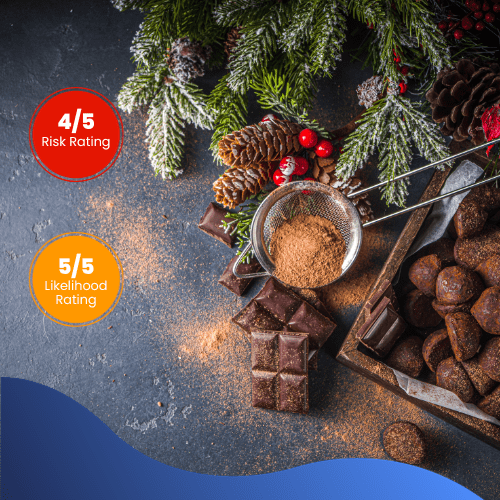
Chocolate
Chocolate and cocoa toxicity depends on consumption, dog weight, and type. Theobromine, a poisonous molecule, is metabolized slowly, leading to toxic levels. Dark, cocoa, and bakery chocolate have higher theobromine levels. Moderate GI issues may occur, while large amounts can cause hyperactivity, seizures, and cardiac arrest.
Christmas Pudding & Mince Pies
Raisins, sultanas, and grapes are key ingredients to many favourite Christmas treats and these can also be deadly if eaten by dogs. Sultanas, raisins, and grapes can cause acute kidney injury, which can lead to kidney failure if eaten by our four-legged friends. As well as Christmas puddings, fruitcakes, and mince pies, panettones, and trifles are a Christmas-time pet risk.
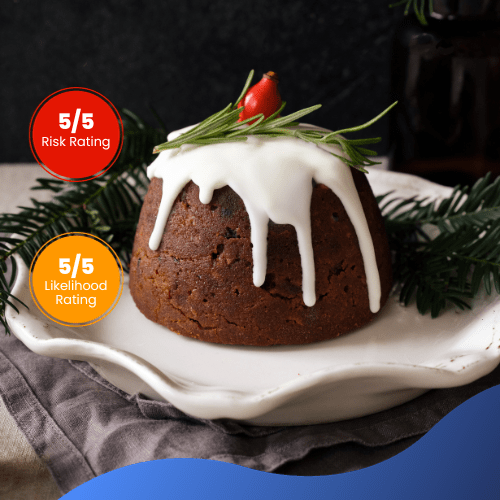
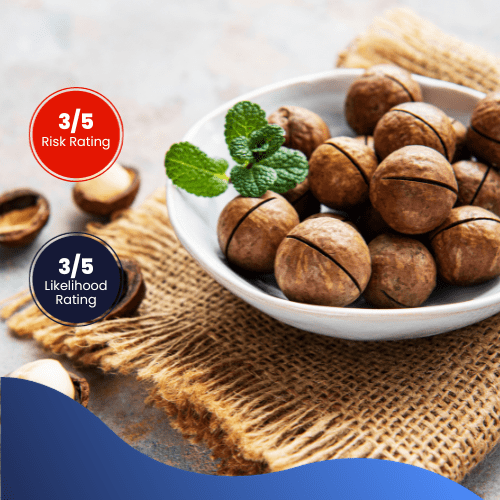
Macadamia Nuts
Macadamia nuts are hazardous to dogs. All macadamia types build up cyanogenic glycosides in their seeds (proteacin and durrin). Even small amounts can make a dog ill. Signs a dog has eaten them include weakness in the hind legs, throwing up, and diarrhea. Serious symptoms include trembling and fever and require immediate medical attention.
Onions, Garlic Shallots & Leeks
Onions, garlic, leeks, and chives contain n-propyl disulphide, a compound harmful to dogs and red blood cells. The amount consumed matters, and the severity depends on the dog’s size and accumulation. Consumption can lead to hemolytic anemia, symptoms including weakness, sleepiness, appetite loss, pale gums, vomiting, panting, and high heart rate.
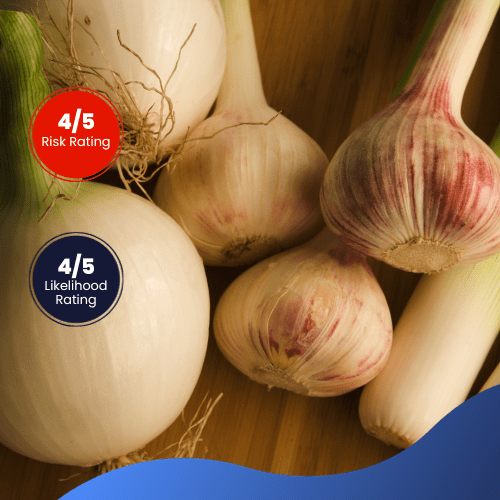

Alcohol
Alcohol is not a common issue with dogs due to their distaste for it. However, they may consume it mixed with other flavors or in alcohol-infused foods. Intoxication depends on concentration, and symptoms include anxiety, sleepiness, disorientation, lack of coordination, vomiting, and fever. If a large amount is consumed, contact a vet immediately.
Artificial Sweeteners (Xylitol)
Dogs can experience hypoglycemia within 10-60 minutes of ingesting sugar-free foods containing xylitol, an artificial sweetener. This can lead to severe symptoms like vomiting and reduced activity, weakness, and seizures. If left untreated, hypoglycemia can be lethal. Xylitol is commonly used in various products, or example, breath mints, cough syrup, chewable vitamins, mouthwash, toothpaste, dietary supplements, baked products, and sugar-free desserts.
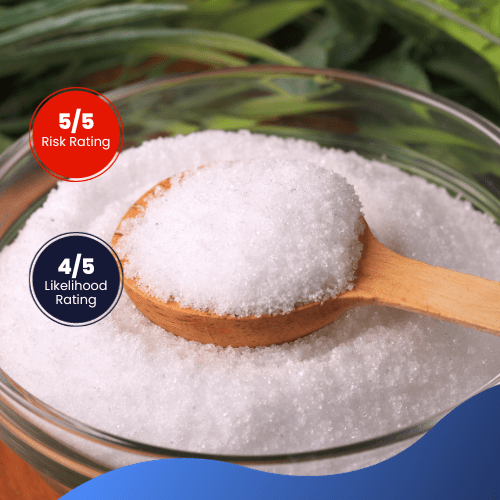
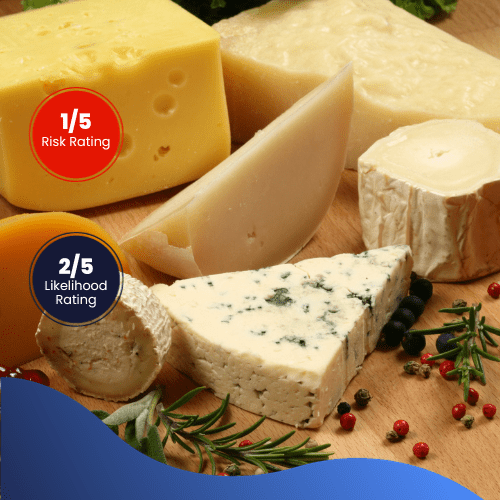
Blue Cheese
It’s best to stay on the safe side and keep your pet away from blue cheeses such as stilton. The fungus used to make these cheeses produces a substance called roquefortine C, which dogs can be sensitive to. This substance can cause vomiting, diarrhoea, high temperatures, and even seizures. The risk of these symptoms is higher if your dog eats a large amount of cheese.
Cooked Bones
Bones cooked and heated lose their nutrients and become soft and fragile. When chewed, they splinter, leaving sharp pieces that can cause internal bleeding and perforations. Raw bones can damage teeth and mouth, cause obstructions, and cause constipation. If your dog shows signs of eating bones, such as gagging, coughing, vomiting, sleepiness, pooping issues, extreme thirst, and uneasiness, contact your vet.
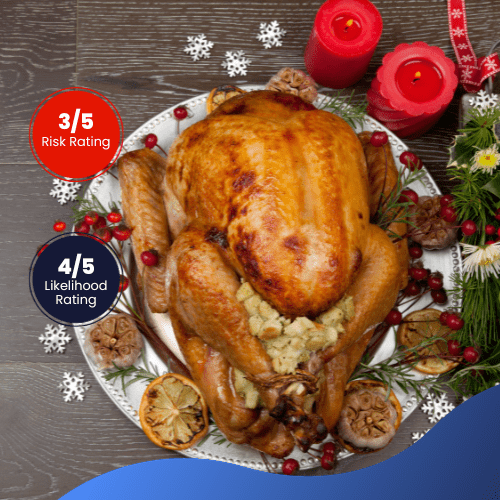
Decorations & Presents

Christmas Trees
Christmas trees can be a source of pleasure and memories for the whole family, but for our furry companions, they can also pose risks due to pine needles, fir tree oil, and needles blocking the gastrointestinal system. To avoid these risks, choose a tree with fewer needles or opt for artificial trees. Some trees contain chemical preservatives, which can be dangerous if ingested.
Glass Baubles
During Christmas, ensure your dog’s safety by hanging valued or fragile decorations securely in the upper branches and choosing shatter-resistant ornaments. Avoid edible items like chocolate, glass, bells, metal hooks, and popcorn strings.
Glass especially can smash into shards when eaten and can cause irritation, perforation and blockages.

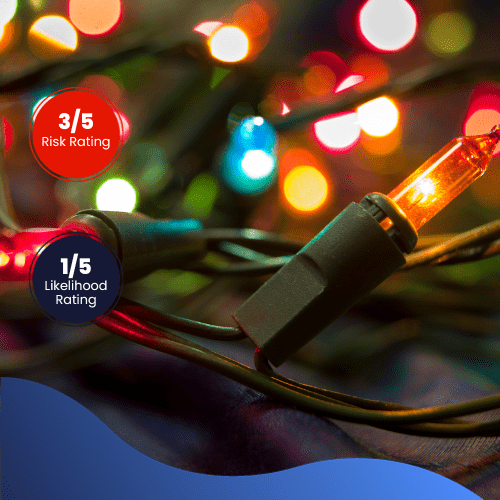
Fairy Lights
Avoid placing colorful lights near your tree, as dogs may get tangled in wires. Use LED lights instead, as they generate residual heat. Securely tape cables to walls or flooring, concealing them with a tree skirt or ornamental bundle. Dogs chewing on electrical cables can cause electric shocks, severe mouth injuries, and lung edema. Regularly inspect cables for signs of chewing, as it’s a fire hazard.
Salt Dough Ornaments
Salt dough ornaments can pose a serious threat to dogs due to their salt content, which can cause salt poisoning. It is important to allow your dog to drink water while examining the ornaments. If making salt dough ornaments, keep pets out, place them in a high location, and hang them on a sturdy branch to prevent falling.
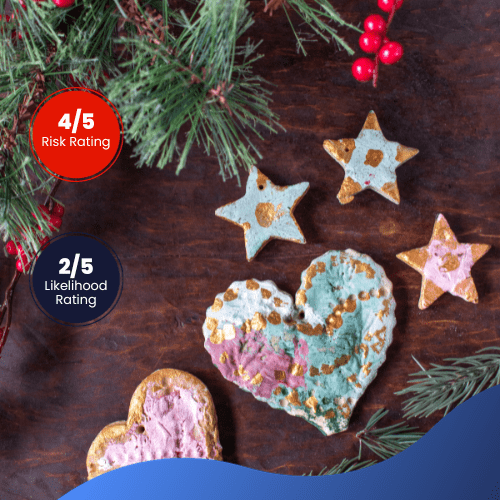
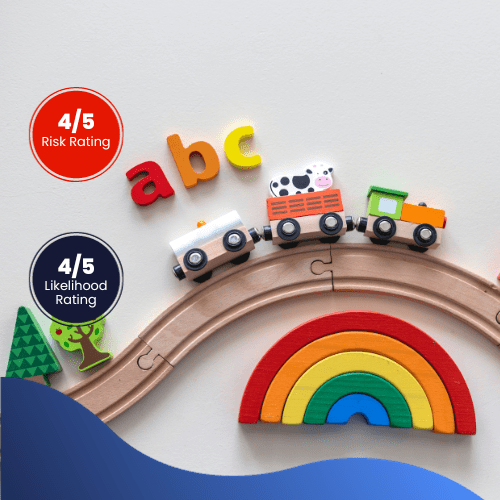
Toys
A dog might take an interest in a toy long after a child has discarded it. Small parts can be swallowed and cause intestinal blockages and larger toys may be chewed up and lead to the same problem, as well as mouth lacerations. Keep an eye on where children leave new toys and put them out of reach from pets. Puppies and younger dogs are far more prone to eat first and ask questions later, even if it is not food.
Batteries
Battery ingestion can be dangerous for pets, as alkaline batteries can leak caustic substances that can burn their mouth, esophagus, or stomach. Swallowing a portion or whole battery can cause intestine obstruction. Disc batteries can also lodge in the esophagus, causing burns even without puncture.


Wrapping / Crepe Paper
Battery ingestion can be dangerous for pets, as alkaline batteries can leak caustic substances that can burn their mouth, esophagus, or stomach. Swallowing a portion or whole battery can cause intestine obstruction. Disc batteries can also lodge in the esophagus, causing burns even without puncture.
Silica Gel
If your dog eats them, mild gastrointestinal (GI) symptoms, such as an upset stomach, are possible. Though silica gel is chemically and biologically inert, the main risk is that packets can potentially cause an obstruction in the intestines if the whole packet is swallowed, especially in small dogs.
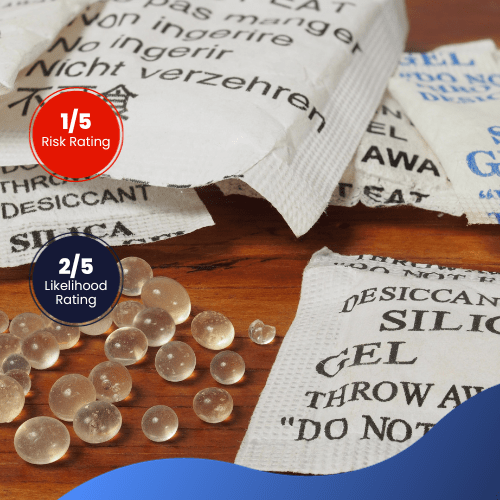
Plants

Poinsettia & Ivy
Poinsettia, a euphorbia plant, is often exaggerated for its toxic effects. Its milky white sap can cause dogs to dribble, be sick, or have diarrhea. Despite these mild effects, it’s best to keep the colorful plant out of reach of dogs.
Ivy, a festive vine commonly used on Christmas wreaths or house displays, can cause tummy upset and skin irritation, potentially leading to allergic contact dermatitis.
Lillies
ilies are poisonous to dogs. Some species of lily are “non-toxic” but still cause illness if eaten. If your dog eats any part of a lily plant, they will probably show signs of gastrointestinal upset such as vomiting, diarrhoea, and abdominal pain.

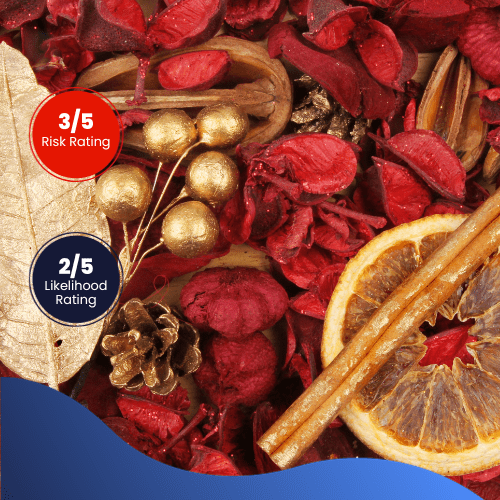
Pot Pourri
Potpourri, made from dried plants and flowers, can cause vomiting and diarrhea in dogs. The toxicity depends on the type of dried plants used and their artificial color. Harder items like pine cones can cause obstruction, leading to illness, fatigue, and difficulty pooping.
What to do if you think your dog has eaten something they shouldn’t have?
If you think that your dog may have eaten, touched or inhaled something that it shouldn’t have, speak to your vet straight away.
Never try to make your dog sick. Trying to do this can cause other complications, which may harm your dog.
What to tell your vet?
You can assist your veterinary practice in making informed decisions about your dog’s treatment needs and the best course of action by providing information:
- What poison do you think your dog has been exposed to (e.g. chocolate, ibuprofen, etc.). Include any product names, or lists of ingredients if relevant
- How much they may have been exposed to (i.e. 500mg, 500ml, one tablet, etc, even approximations may help)
- When your dog was exposed to the poison (i.e. five minutes, five hours, or five days ago)
- If your dog has been unwell and, if so, what clinical effects have been seen?
Check out our handy little Christmas Dog Safety Guide:
Thank you for reading, until next time..

